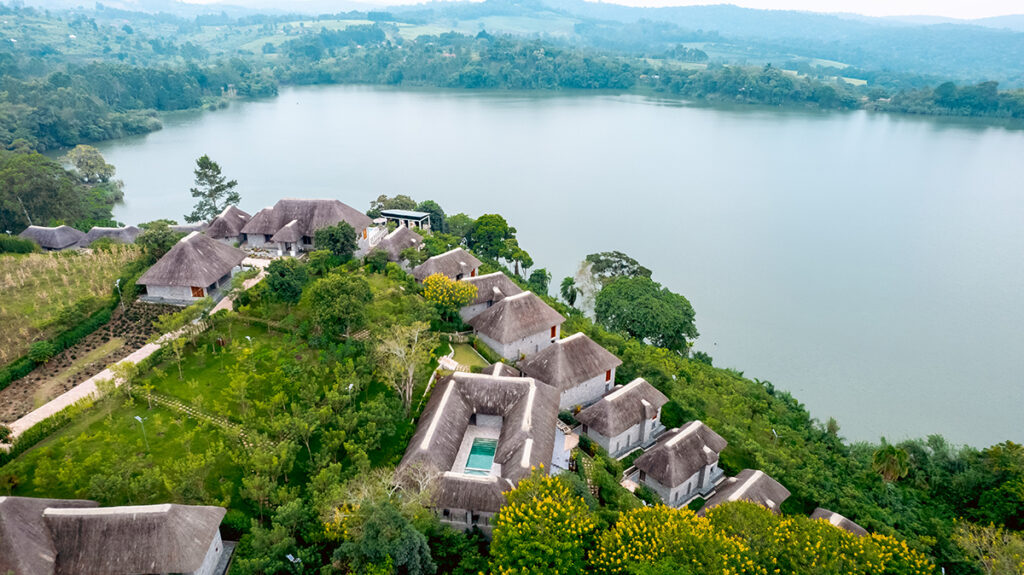Tourism is Too Important to Be Left to the Tourism Sector Alone

Uganda, often referred to as the “Pearl of Africa,” boasts some of the most breathtaking landscapes, diverse wildlife, and vibrant cultural heritage in the world.
From the snow-capped Rwenzori Mountains to the mighty River Nile, Uganda’s tourism potential is vast and largely untapped.
However, for this sector to thrive and contribute meaningfully to national development, it cannot be the sole responsibility of tourism stakeholders alone. Instead, a collective effort from government, the private sector, and development partners is necessary to unlock the full economic potential of tourism in line with the Fourth National Development Plan (NDP IV).
Uganda’s Tourism Potential
Uganda is home to unique natural and cultural assets that make it a prime destination for both leisure and business travelers. According to the Uganda Tourism Satellite Account 2023, the country has:
- Over 18,783 species of fauna and flora, ranking among the top ten most biodiverse countries globally.
- 53.9% of the world’s remaining mountain gorilla population in Bwindi Impenetrable National Park and Mgahinga Gorilla National Park.
- 1,057 bird species, which account for 50% of Africa’s bird species richness.
- Lake Victoria, Africa’s largest lake, with over 100 habitable islands.
- Cultural and heritage sites, including the Kasubi Tombs and Uganda Martyrs’ shrines, which attract religious tourism.
- A growing Meetings, Incentives, Conferences, and Exhibitions (MICE) sector, positioning Uganda as a business tourism hub.
These attributes have contributed to Uganda’s ranking as a must-visit destination by National Geographic, CNN, and Lonely Planet. However, despite its immense potential, Uganda lags behind Kenya and Tanzania in terms of tourist arrivals and earnings due to significant challenges.
Challenges Facing Uganda’s Tourism Sector
Despite its rich natural and cultural endowment, Uganda’s tourism sector faces critical barriers to growth. The Tourism Development Programme Annual Performance Report FY 2023/24 identifies key challenges that hinder the sector’s full potential:
- Limited Infrastructure Development
- Inadequate road networks to tourism sites.
- Poor air connectivity with limited direct international flights.
- Inconsistent electricity and water supply in key tourist locations.
- Insufficient Marketing and Branding
- Uganda ranks 112th in the World Economic Forum’s Travel & Tourism Competitiveness Index, far behind Kenya (82nd) and Tanzania (95th).
- Low international visibility due to limited investment in branding and marketing campaigns.
- Weak Institutional and Policy Support
- The tourism sector remains underfunded, with only 40% of planned funding under NDP III being allocated.
- Lack of a streamlined regulatory framework to enhance investment.
- Skills Gaps and Workforce Challenges
- Over 80% of jobs in the tourism sector are held by youth, but the majority lack formal training.
- Limited professional development opportunities for tour guides, hotel staff, and service providers.
- Climate Change and Conservation Challenges
- Environmental degradation, poaching, and human-wildlife conflict threaten Uganda’s biodiversity.
- The need for stronger conservation policies to protect national parks and reserves.
The Need for a Multi-Stakeholder Approach
To transform Uganda’s tourism sector into a major driver of economic growth, a holistic approach involving all key stakeholders is essential.
The Fourth National Development Plan (NDP IV) emphasizes tourism as one of the four priority sectors for achieving Uganda’s vision of becoming a middle-income country by 2029/2030. However, achieving this requires:
1. Government Commitment and Policy Reforms
- Increase budget allocation for tourism infrastructure and product development.
- Establish incentives for private sector investment in tourism.
- Strengthen policy frameworks to enhance environmental conservation.
2. Private Sector Investment and Innovation
- Hotels, tour operators, and airlines should collaborate on destination marketing initiatives.
- Develop new tourism products such as eco-tourism, agro-tourism, and digital tourism experiences.
- Partner with technology firms to enhance online visibility and booking systems.
3. Development Partners and International Collaboration
- Strengthen partnerships with UNWTO, WTTC, and conservation organizations to attract funding and technical expertise.
- Promote Uganda through international tourism expos and global campaigns.
- Enhance capacity-building programs for tourism professionals.
4. Community Involvement and Sustainable Tourism
- Empower local communities to benefit from tourism revenue through community-based tourism initiatives.
- Encourage conservation efforts and responsible tourism practices.
- Invest in skills development for local guides, artisans, and hospitality staff.
Conclusion: Tourism as a National Priority
Tourism is more than just a sector—it is a national economic pillar that impacts multiple industries, including agriculture, transport, and real estate. If well-developed, it has the potential to:
- Generate over USD 3 billion annually in foreign exchange earnings.
- Support over 700,000 direct jobs, with indirect benefits across multiple industries.
- Boost Uganda’s global competitiveness as a top African destination.
For Uganda’s tourism sector to achieve its full potential, it must not be left to the tourism industry alone.
Government agencies, private sector players, development partners, and local communities must all play an active role in making Uganda a leading destination in Africa.
Only through strategic investments, collaboration, and sustainable development will Uganda harness the full socio-economic benefits of tourism in alignment with the NDP IV objectives.


